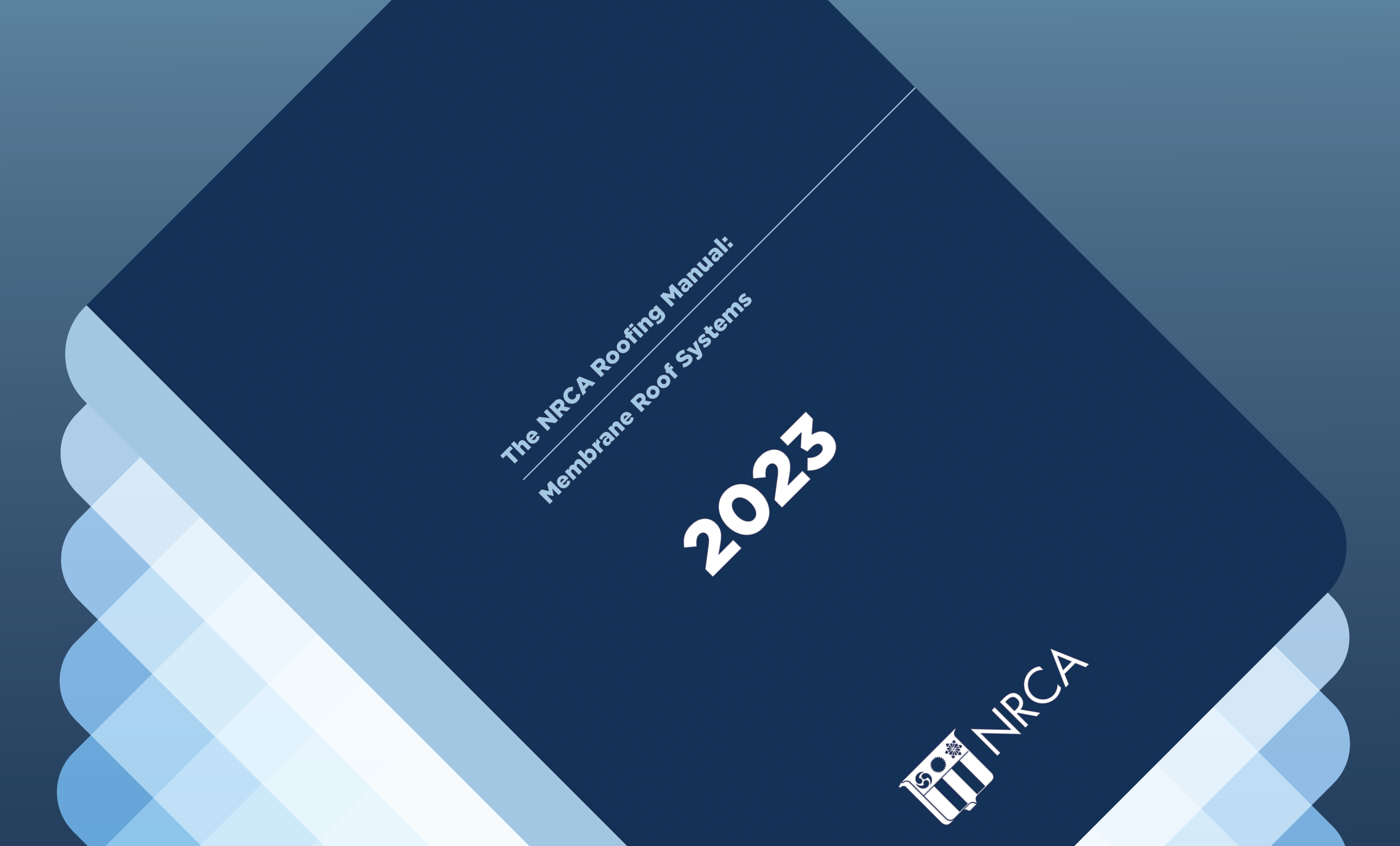Illinois contractor faces fines for exposing workers to fall hazards
Three times in four months during 2022, Occupational Safety and Health Administration inspectors observed workers employed by roofing company Araujo Construction Corp., Calumet City, Ill., exposed to deadly fall hazards at job sites in Lake Zurich, Ill., and Wheeling, Ill., according to osha.gov. In each instance, the company’s on-site foremen failed to protect workers from known hazards as they performed residential framing work on new homes under construction. The company is not an NRCA member.
Following three OSHA investigations, Araujo Construction faces $277,524 in proposed penalties after workplace safety inspectors identified two willful, four repeat and six serious violations May 5, Aug. 22 and Sept. 14.
On May 5, OSHA inspectors informed company officials and a foreman at the Lake Zurich site they were violating federal law by allowing employees to work at heights exceeding 30 feet without fall protection. On Aug. 22, inspectors returned to Lake Zurich to find the company’s workers again exposed to the fall hazards. On Sept. 14, OSHA inspectors found the company committing violations in Wheeling as employees worked at heights exceeding 15 feet. OSHA requires guardrail, safety net or personal fall-arrest systems—or some combination of these—be used during roofing activities at 6 feet or more above lower levels.
OSHA inspectors also determined Araujo Construction allowed workers to use ladders improperly and work on elevated platforms without fall prevention such as rails and kickboards. Additionally, the company did not ensure workers using air-powered nail guns wore eye, head and face protection and did not provide training regarding safe use of forklifts.
Araujo Construction had 15 business days from receipt of its citations and penalties to comply, request an informal conference with OSHA’s area director or contest the findings before the independent Occupational Safety and Health Review Commission.
The Bureau of Labor Statistics reports 1,008 construction workers died on the job in 2020, with 351 of those fatalities related to falls from elevation.
Fall protection again tops list of OSHA’s most-cited violations
Recent data from the Occupational Safety and Health Administration shows dangers from falls at construction sites remain the most frequently cited hazard on OSHA’s list of most-cited violations for fiscal year 2022, which ended Sept. 30. Construction blog constructconnect.com shared a list of OSHA’s top 10 construction-specific violations.
Other rules related to construction falls are among the top 10 violations, including ladders and scaffolds.
Following are the top 10 most-cited violations in construction for fiscal year 2022:
- Fall protection—Duty to have fall protection: 4,456 violationsv
- Ladders: 1,797 violations
- Scaffolds—General requirements: 1,527 violations
- Fall protection—Training requirements: 1,354 violations
- Personal protective and lifesaving equipment—Eye and face protection: 1,208 violations
- Personal protective and lifesaving equipment—Head protection: 628 violations
- General safety and health provisions: 586 violations
- Scaffolds—Aerial lifts: 481 violations
- Excavations—Specific excavation requirements: 395 violations
- Toxic and hazardous substances—Hazard communication: 382 violations
OSHA issued 17,233 citations from 7,015 inspections during fiscal year 2022 to construction companies, totaling more than $72 million in penalties. OSHA issued 16,749 citations from 6,624 inspections during fiscal year 2021.
New York City department releases guidance document regarding stop-work orders
The New York City Department of Buildings has released a new guidance document intended to provide local construction employers and workers with insight regarding why a stop-work order may be issued at a job site, according to sunnewsreport.com.
Stop-work authority permits any employee at any level to halt a job or task when a hazardous situation appears imminent. The New York City Department of Buildings states all work must stop when an adjoining property is “significantly damaged”; a worker or member of the public is injured; or material/debris falls outside property lines and onto a public area.
The guide features a description of the conditions for a stop-work order, applicable laws and whether a partial or full stop-work order is required.
A 2015 International Risk Management Institute article described reasons workers may hesitate when they see a potentially dangerous situation, such as assuming they do not have the authority to get involved; believing action is not necessary if other workers in the area are not taking action; and being afraid of alienating a co-worker by calling attention to an unsafe situation.



